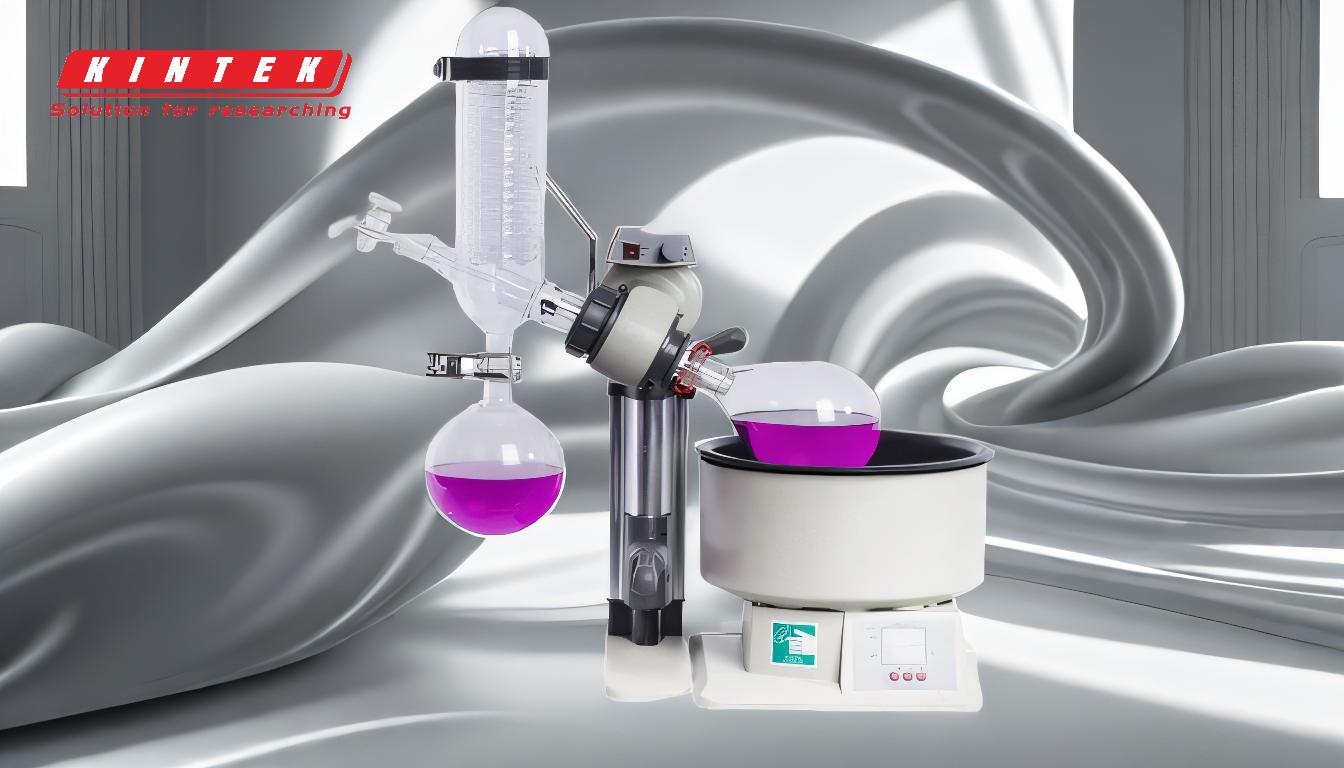The capacity of an evaporator is influenced by several factors, including heat transfer efficiency, fluid properties, and operational conditions. Key considerations include the maximum allowable temperature, liquid circulation, viscosity changes during evaporation, and foaming tendencies. Heat transfer coefficients are critical and depend on factors like liquid circulation and viscosity, which can degrade performance as evaporation progresses. Additionally, the system's vacuum level, heat source temperature, and cooling medium temperature play significant roles in determining evaporator efficiency. Understanding these factors helps in optimizing evaporator performance and selecting the right equipment for specific applications.
Key Points Explained:

-
Maximum Allowable Temperature:
- The temperature at which the evaporator operates must be below the maximum allowable temperature for the liquid being processed. This is often below 100°C, especially for heat-sensitive materials.
- Exceeding this temperature can lead to degradation of the product or damage to the equipment.
-
Liquid Circulation:
- Effective circulation of the liquid across heat transfer surfaces is crucial for achieving high heat transfer coefficients.
- Poor circulation can lead to local overheating, which can damage the product and reduce the efficiency of the evaporator.
-
Viscosity of the Fluid:
- As the concentration of dissolved materials increases during evaporation, the viscosity of the liquid often increases.
- Higher viscosity can lead to poorer circulation and lower heat transfer coefficients, reducing the overall capacity of the evaporator.
-
Foaming Tendency:
- Some liquids have a tendency to foam during evaporation, which can make the separation of liquid and vapor difficult.
- Foaming can reduce the effective heat transfer area and lead to operational issues, thereby affecting the evaporator's capacity.
-
Heat Transfer Coefficients:
- The heat transfer coefficient is a critical factor in determining the efficiency of an evaporator.
- Factors such as liquid circulation and viscosity directly impact the heat transfer coefficient. As viscosity increases, the heat transfer coefficient typically decreases, reducing the evaporator's capacity.
-
System Vacuum Value:
- The vacuum level in the system affects the boiling point of the liquid. A higher vacuum lowers the boiling point, which can be beneficial for heat-sensitive materials.
- Proper control of the vacuum level is essential for optimizing evaporation rates and capacity.
-
Heat Source Temperature:
- The temperature of the heat source, usually condensing steam, must be suitable for the process.
- If the heat source temperature is too low, it may not provide sufficient energy for evaporation. Conversely, if it is too high, it can lead to product degradation.
-
Cooling Medium Temperature:
- The temperature of the cooling medium used to condense the vapor is also important.
- A lower cooling medium temperature can improve the efficiency of vapor condensation, thereby enhancing the overall capacity of the evaporator.
-
Operational Conditions:
- Factors such as the speed of the evaporation bottle and the number of samples being processed can also affect the evaporator's capacity.
- These operational conditions must be optimized to ensure efficient and effective evaporation.
-
Sample Characteristics:
- The heat sensitivity, solvent volatility, and size of the sample being processed are critical factors in selecting and operating an evaporator.
- These characteristics determine the appropriate evaporator type and operational parameters to achieve the desired concentration or solvent removal.
By carefully considering these factors, one can optimize the performance and capacity of an evaporator, ensuring efficient and effective operation for various applications.
Summary Table:
| Factor | Impact on Evaporator Capacity |
|---|---|
| Maximum Allowable Temperature | Operating above limits can degrade products or damage equipment. |
| Liquid Circulation | Poor circulation reduces heat transfer efficiency and can cause local overheating. |
| Viscosity of the Fluid | Increased viscosity lowers heat transfer coefficients and reduces capacity. |
| Foaming Tendency | Foaming reduces effective heat transfer area and causes operational issues. |
| Heat Transfer Coefficients | Dependent on liquid circulation and viscosity; higher viscosity decreases efficiency. |
| System Vacuum Value | Higher vacuum lowers boiling points, beneficial for heat-sensitive materials. |
| Heat Source Temperature | Too low or too high temperatures can reduce efficiency or degrade products. |
| Cooling Medium Temperature | Lower cooling medium temperatures improve vapor condensation efficiency. |
| Operational Conditions | Speed and sample count must be optimized for efficient evaporation. |
| Sample Characteristics | Heat sensitivity, solvent volatility, and size influence evaporator selection and operation. |
Need help optimizing your evaporator performance? Contact our experts today for tailored solutions!











